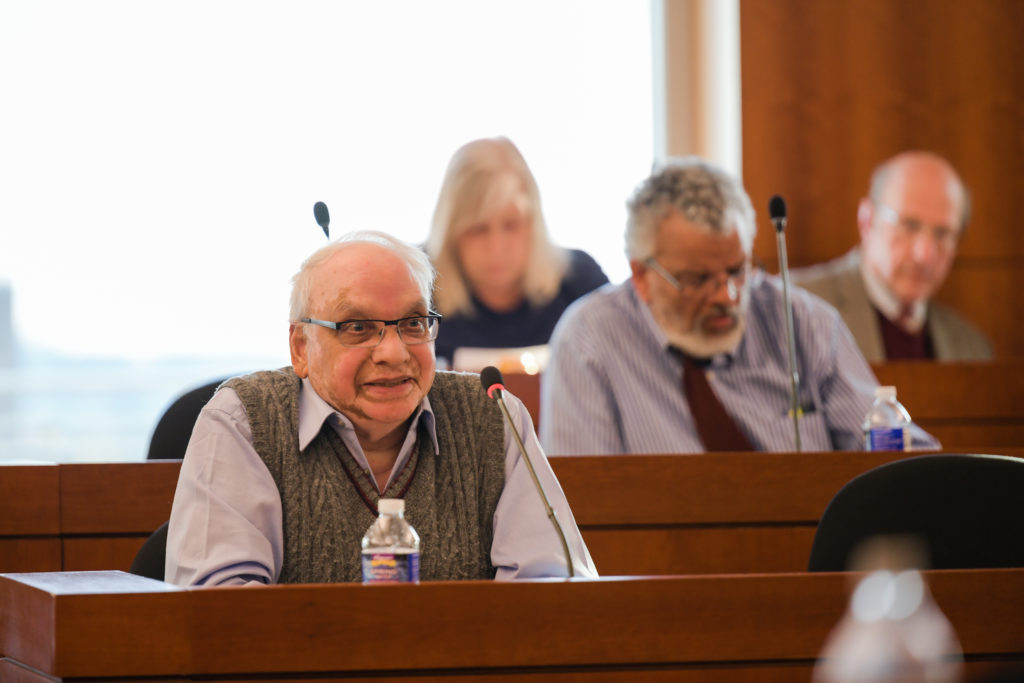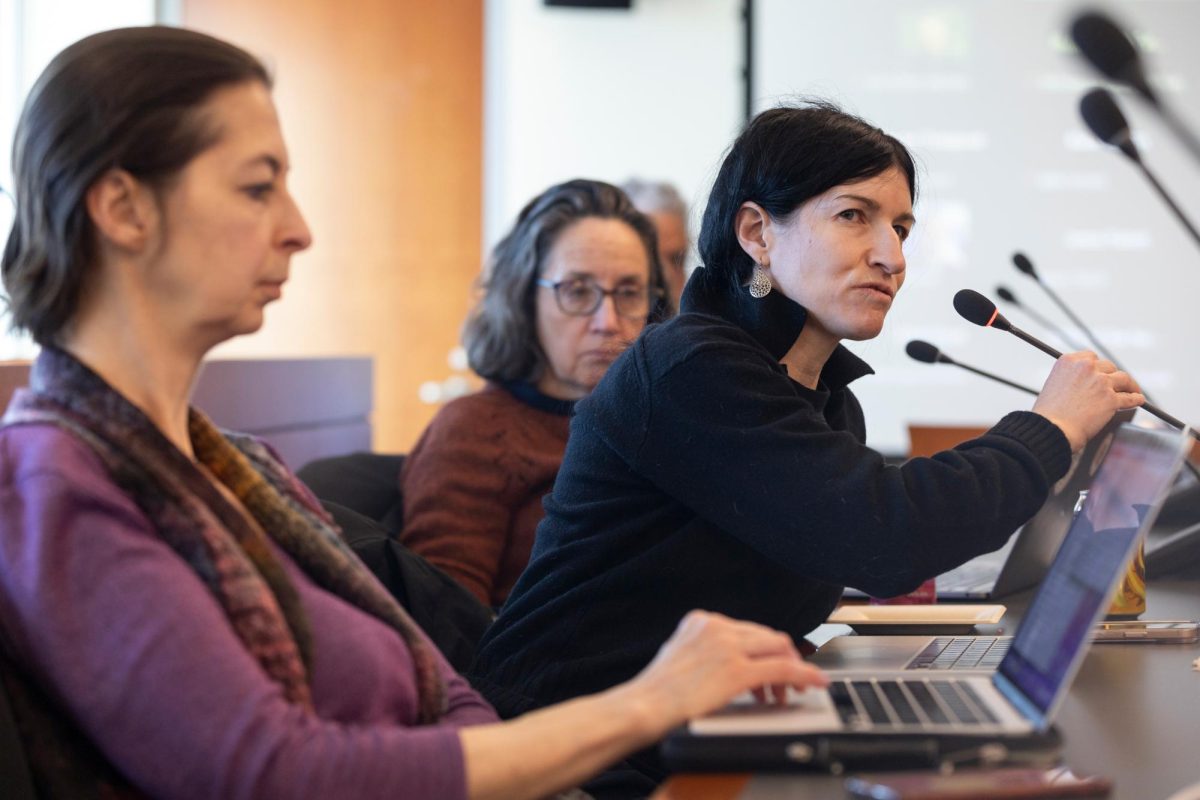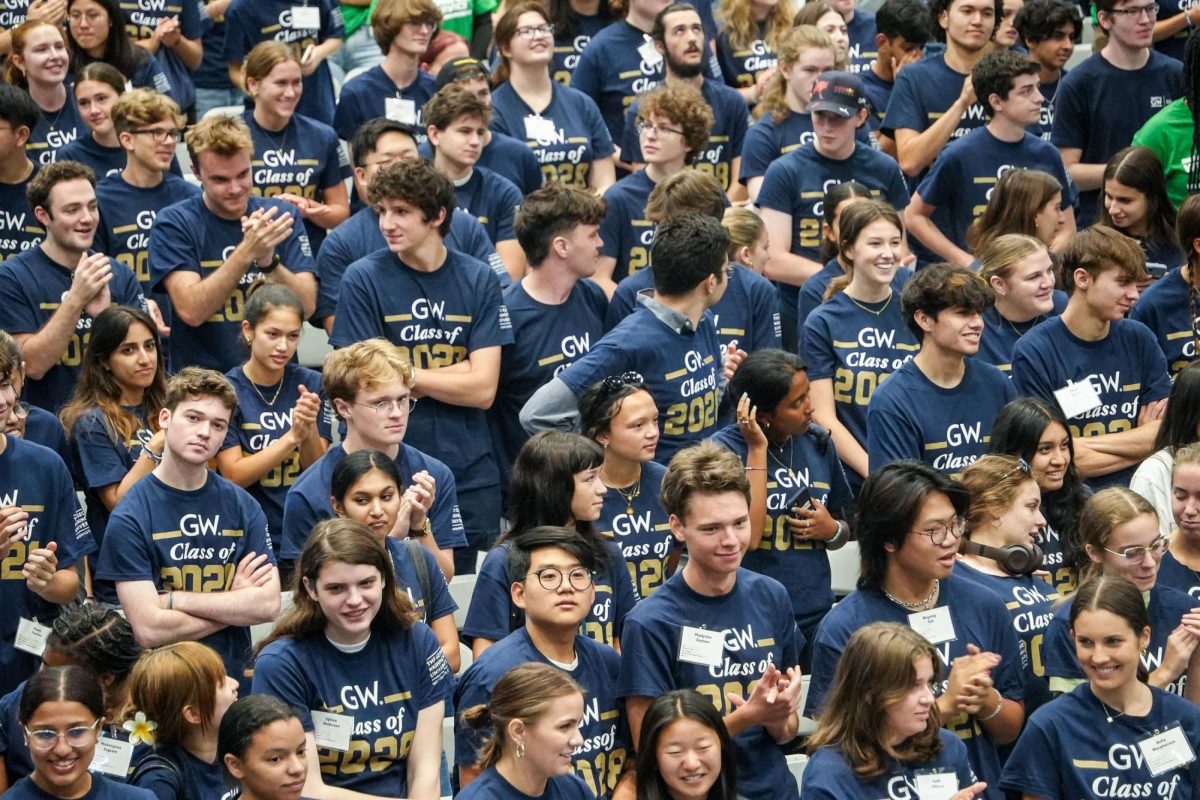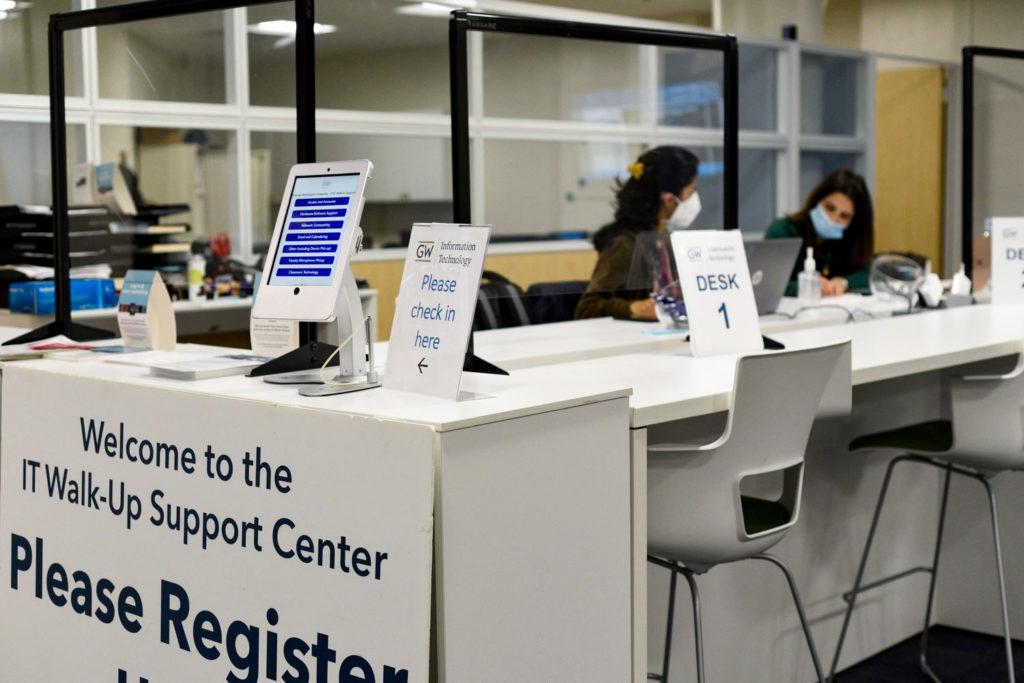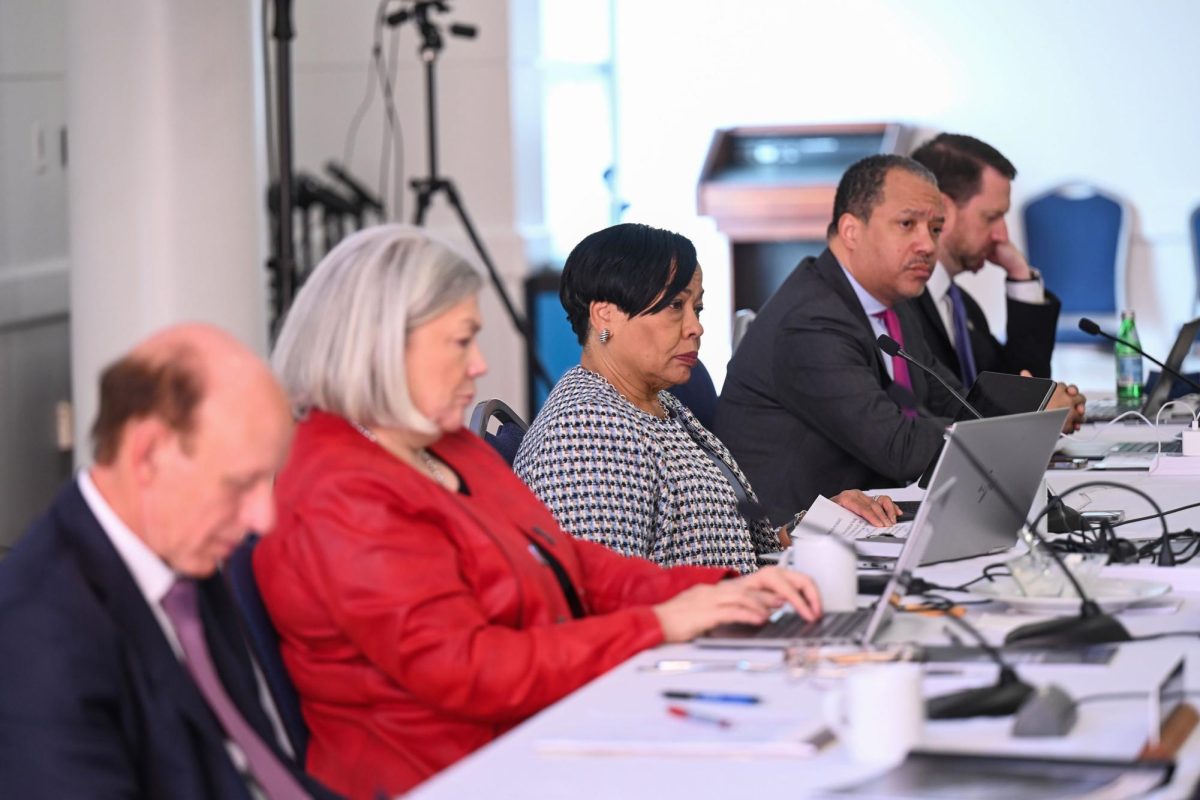Murli Gupta, a professor of mathematics and a faculty senator, combed through the strategic plan interim reports when they were released, searching for each committee’s recommendations.
Gupta said he was “quite interested” in the world-class faculty committee’s ideas about promoting diversity, but he found the point lacked in one crucial detail – it offered no definition of what was considered diversity.
The plan states that administrators should create and “continually update” a faculty hiring plan focused on diversity in collaboration with the Office for Diversity, Equity and Community Engagement.
He is among faculty who say the recommendations contained in the interim reports for GW’s next strategic plan appear promising but lack sufficient detail or specific proposals. Faculty said they are worried that the committees did not provide enough information about the recommendations to assure them that officials will be able to accomplish the goals University President Thomas LeBlanc has laid out for the plan.
“That is something I would like to see defined – what kind of diversity, how to achieve the diversity, what kind of diversity are we talking about,” Gupta said.
The four committees associated with the pillars of the next strategic plan – faculty, undergraduate education, graduate education and research – issued reports last month detailing their vision for the final strategic plan.
The interim reports mark the halfway point of the planning process for the University’s next five-year strategic plan, which will conclude in June. The reports outline the committees’ current progress and initial recommendations for officials.
Gupta said he is also concerned about the time constraints faculty face with some of the committee’s recommendations. He does not think faculty will have the time to participate in a Society of Distinguished Faculty, intended to “cultivate the University’s relationship to its members,” one of the committee’s suggestions.
Gupta reviewed some of the interim reports’ recommendations positively, like the research committee’s suggestion to create a research academy to serve as a think tank and “database” where professors can share research skills. The academy could be successful if enough people buy into the idea, he said.
The academy could hold interdisciplinary research workshops, a speaker series and “idea incubators” to develop research proposals, the report states.
“Having a database where this kind of information is available, having periodicals and having series that I mentioned can be useful,” Gupta said. “But unless you widely inform the people about the existence of it and usefulness of it, they are not going to do anything.”
Stephen Lubkemann, an associate professor of anthropology and international affairs, said he has concerns about the viability of the plans introduced in the interim reports because of a lack of hard data that shows how the University will benefit from the proposed increase in STEM students.
The undergraduate education committee’s report, which states the committee’s charge to envision a future in which 30 percent of students graduate with STEM degrees, calls on officials to differentiate its STEM offerings from other schools by linking them to GW’s traditional areas of strength, like its location in the capital.
“There is no data that has been put on the table to tell us exactly how particular policies are going to produce more high-quality students and whether or not increasing STEM students, all else held equal, will somehow increase student quality,” Lubkemann said. “In fact, they are probably a lot of ways in which you could assume the contrary would be the outcome.”
Soon after LeBlanc announced the proposed changes to increase STEM majors in September, many liberal arts faculty members expressed concern about the potential cuts to non-STEM departments associated with the increase in STEM students.
Officials are holding three forums, moderated by Provost Brian Blake, to gather feedback from the GW community on the interim reports next month, according to an email sent to students Friday.
Lubkemann said that while LeBlanc’s new strategic plan for undergraduate and graduate education portrays GW and Georgetown as “outliers” relative to other universities for not graduating enough STEM students, the proposed changes do not ask the question of whether that figure represents a “weakness” or demonstrates GW’s record of “exploiting a relative strength.”
“GW and Georgetown have in fact carved out a niche for themselves in which they take advantage of being in Washington, D.C.,” Lubkemann said. “That may skew students toward those particular subject areas and not toward ones in which they don’t necessarily have a competitive advantage.”
Gastón de los Reyes, an assistant professor of strategic management and public policy, said that while the goals as a whole outlined in the reports are “fine,” the reports should have included more detail about how they will be implemented. He said he has not received information about how administrators will achieve the goals laid out in the reports apart from the emails his department received from officials notifying them the reports were released.
“A strategy is not just about goals but how you actually are going to achieve them,” de los Reyes said. “And the University has not demonstrated the capability to generate collaboration between faculty or any of the specific programs that are on these goals.”
de los Reyes added that he is skeptical the University will be able to achieve its goal of greater interdisciplinary research in support of the high-impact research initiative because individual faculty members do not have more of an incentive to spend their time engaging in cross-disciplinary work than they do on their own individual research.
“Faculty are evaluated by publishing research in key journals in their field, so there is no incentive to pursue interdisciplinary research,” he said. “Unless there is a plan to address that, it will be a tall order.”
Harris Mylonas, an associate professor of political science and international affairs and a faculty senator, said other universities that compete with GW for students are catching up to GW’s strengths in political science and international affairs. Mylonas said he is concerned that LeBlanc’s strategy to shift the school’s undergraduate focus away from those fields and toward STEM will further reduce the gap.
“GW cannot rest on its laurels or it risks quickly falling behind,” Mylonas said in an email. “It needs to dedicate new funding to its traditional strengths, or it might wake up one day realizing it has lost its once impressive edge.”
Mylonas said GW has done a “good job” attracting quality faculty but added that administrators have historically encountered difficulty in retaining them – he has seen other faculty accept offers at other institutions, something he attributed to the increasing focus on STEM at the University.
“In some cases, it was a financial decision based on what the other school could offer that GW could not,” Mylonas said. “In most cases, though, it was at least in part anxiety about the role of social sciences in general and political science in particular in GW’s future.”
Carly Neilson and Jared Gans contributed reporting.


